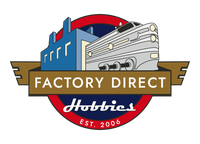Login / Signup
Close Modal
My account
New customer? Create your account
Lost password? Recover password
Remembered your password?
Already have an account?
0
Close Modal
Cart
Customers have reported increasing rates of “porch pirate” package thefts. Extend™ Shipping Protection replaces any lost, damaged, or stolen packages, and we recommend adding this protection to your order. FDH is unable to recover lost, damaged, or stolen packages that are not covered by Extend™ Shipping Protection.





